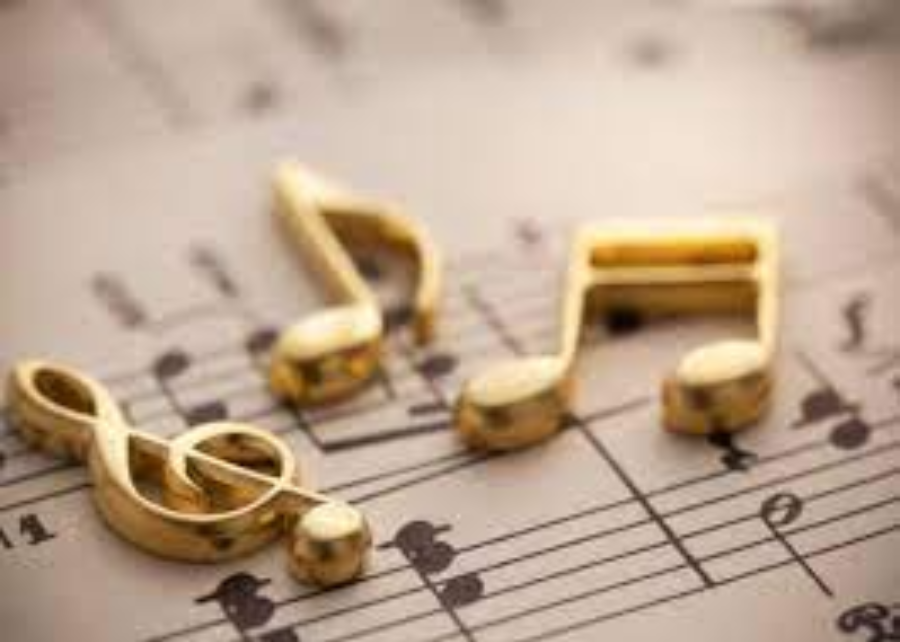

France has a long history of music, which was already well-known in Europe by the 10th century. A coherent style of French music developed in the Middle Ages, centered on the Notre-Dame school of composers. This ensemble is credited with creating the motet, a unique musical composition. The troubadours and trouvères were famous in the high Middle Ages, and they quickly started traversing France and creating and performing numerous original songs.The 14th century saw the emergence of the ars nova and ars subtilior musical movements, both of which emphasized popular songs. The intricacy of French music increased as Europe entered the Renaissance. The popular chanson and the traditional motet underwent continued development during this period, despite a minor reduction in French music's appeal throughout the rest of Europe. French music's core shifted from Paris to Burgundy as a result of the composers of the Burgundian School. Due to the influence of Calvinism, music throughout the Baroque era was streamlined and constrained. As it was secular and favored by the royal court, the air de cour eventually rose to prominence as the dominant French musical genre.

Ancient music:
Organa from French places like Chartres and Tours in the 10th century are among of the first texts having polyphony. The Saint Martial school and the Parisian composers in the Notre-Dame school, where the earliest motets originated, are particularly significant. The troubadours, jongleurs, and trouvères, poets and musicians famous for inventing genres like the lai and the ballade (forme fixe), dominated secular music in medieval France. Adam de la Halle was the trouvère's most well-known member.
Between roughly 1170 and 1250, at Paris' Notre-Dame Cathedral, a school of polyphonic organum composers known as the Notre-Dame school flourished. Léonin and Pérotin are the two composers whose names have survived. The Magnus Liber, a complete compendium on organum, is credited to these two.
Ars nova as well as Ars subtilior:
In the fourteenth century, France had two significant musical advancements. The first was a brand-new, primarily secular musical genre called ars nova. It started with the release of the Roman de Fauvel and ended with Guillaume de Machaut's mass, rondeaux, ballades, lais, virelais, motets, and one mass that has survived. Guillaume de Machaut passed away in 1377. The isorhythmic motet may have been created for the first time by Philippe de Vitry, another proponent of the ars nova movement, who also created an improved method of musical notation.
The other significant development was the extraordinarily sophisticated and intricate secular song form known as ars subtilior, which flourished in Avignon at the very end of the 14th century. Ars subtilior came just after ars nova, and as its Latin name implies, it was a more subdued aesthetic than the preceding works. Ars subtilior was considerably more difficult to sing and favored by music experts due to its complexity.
With the advent of Calvinism, music became rather basic, at least in the regions of France influenced by the movement. In communities that closely adhered to Calvinism, singing of French translations of the Psalms, such as those by Goudimel (who was assassinated in the St. Bartholomew's Day Massacre in 1572) was the only form of musical expression permitted. Although French opera composers like Balthasar de Beaujoyeaux, Marc-Antoine Charpentier, Henri Desmarest, Marin Marais, Jean Philippe Rameau, and Jean Baptiste Lully created a distinctive national style characterized by dance rhythms, spoken dialogue, and a lack of Italian recitative arias, Italian and German opera was the most influential form of music beginning in the 17th century.

